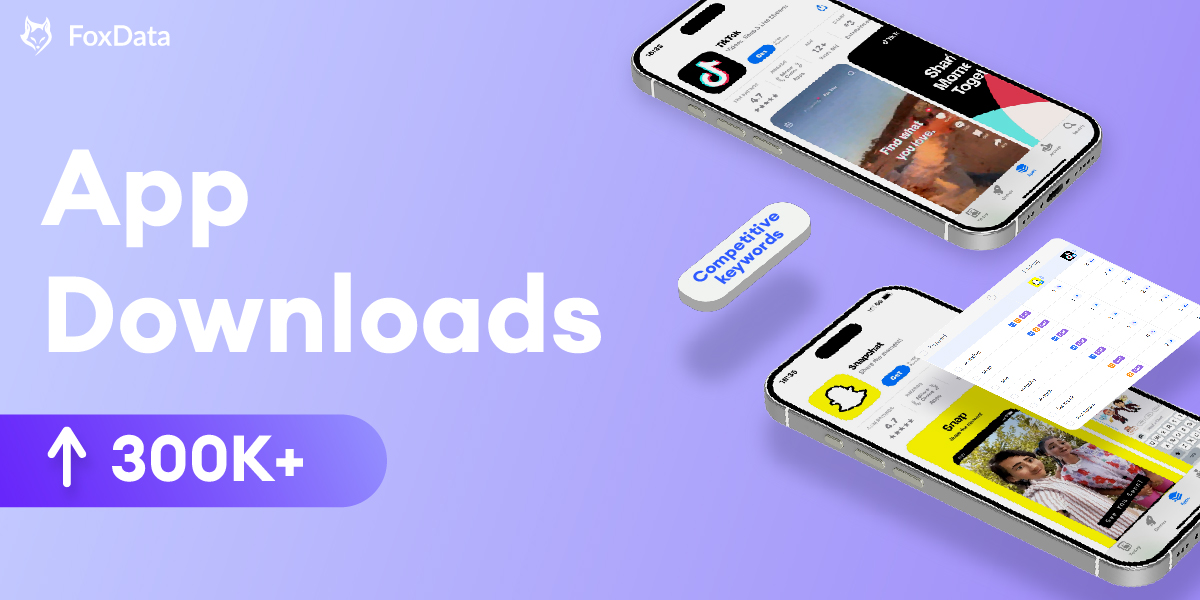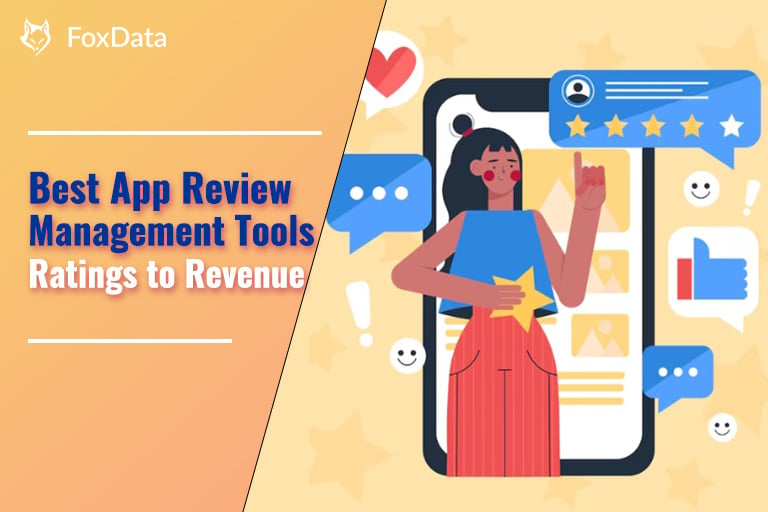From Underdog to Top Chart: Mastering Aso via Competitor Keyword Strategies
💡 Harness GameIQ deep game tags, global ad creative insights, precise download revenue predictions and player behavior analytics. Make every market decision backed by intelligence.
We address your challenges with tailored data-driven solutions for each pain point.
From insights to revenue, FoxData mobile game analytics solution integrates competitive intelligence, smart user acquisition, market predictions, and player value optimization.
Contact the FoxData Data Services Team
Are you pouring money into ads but seeing no lift in downloads? Tweaking ASO again and again, yet nothing changes?
Meanwhile, a competitor with similar features is climbing the charts—fast. Are they better at marketing? Not necessarily. They’ve just stolen the right keywords.
70% of app discovery comes from keyword searches. And organic installs convert better than paid.
But here’s what most miss: the best keywords aren’t sitting in public libraries—they’re hidden in your competitors’ strategies.
Take one utility app. By reverse-engineering the keyword combos of three rivals and replacing weak keywords, they boosted organic downloads by 58% (in just 2 weeks) in Mexico—while cutting ad costs by 23%.
All by tapping into keyword gaps their competitors didn't even know they had.
This article will guide you step-by-step on:
🔍 How to identify your industry's competitor keyword library.
📈 How to assess a keyword's real traffic and competition level.
🧠 How to combine high-potential keywords and integrate them into your app metadata to convert searches into downloads.
If you're aiming for impressive growth with limited resources, start by learning how to "borrow strength from your opponents."
Quickly Identify Your Competitors' High-Traffic Keyword Libraries
To gain traffic, start by understanding your competitors.
Using the keyword details tool provided by FoxData, you can quickly pinpoint the keyword combinations your competitors are leveraging for traffic, helping you map their organic traffic sources.
Here's how to find the keyword details:
Assessing Keyword Value: Beyond Popularity, Consider "Rankability"
Not all high-volume keywords are created equal; the key is whether you can actually rank for them.
FoxData's exclusive keyword analysis panel provides key metrics to help you determine if a keyword is worth optimizing for.
✨ Here's what you should focus on:
- Ranking Changes (changes)
Monitor recent keyword ranking fluctuations for your app to identify new opportunities.
- Relevance Score (Corr)
Ranging from 0 to 100, a higher score indicates a better match between your app and the keyword. A keyword scoring below 50 might not be worth pursuing, regardless of its popularity.
- Search Volume (Vol)
The actual search interest for a keyword during your target timeframe helps gauge potential traffic.
- Ranking Opportunity (Chance)
This indicates the estimated probability of your app appearing in the top 10 search results for a keyword. A higher value suggests it's more worthwhile to target for ASO.
- Predicted Organic Installs (Inst.)
This estimates the daily organic installs you could gain if you rank in the top 10 for a keyword. In short: how much installs can you gain by targeting this keyword!
💡 Practical Tip: Combine these 5 metrics to identify keywords that are "highly relevant + have opportunity + have search volume." Prioritize these in your title, subtitle, and keyword fields to boost visibility.
How to Precisely Integrate High-Traffic Keywords into Your Metadata (and Convert to Downloads)
After identifying valuable keywords for your app—those with both high search volume and ranking potential—the next step is to use them effectively in your metadata to increase exposure and drive downloads.
📌 Key Keyword Placement:
- App Name (Title):
This is the most critical field for ASO. Naturally integrate one primary keyword to the right of your brand name.
For example:
❌ Cleaner Master (no keywords, poor indexing)
✅ Cleaner Master – Junk Clean & Phone Boost
Tips: Apple App Store has a ~30-character limit, while Google Play allows 50. Prioritize keywords earlier in the title without sacrificing readability.
- Subtitle / Short Description:
This is crucial for increasing keyword density. It's also where users decide whether to click and view your app.
Example Optimization:
❌ Original: New cleaning tool, simple and easy to use
✅ Optimized: Junk Cleaner Master, free up space and speed up phone operation
💡 It is recommended to write in the structure of "core function + keyword + result-oriented".
- Keyword Field (Apple Exclusive):
This is a hidden indexing area provided by the App Store, which users cannot see, but the system will crawl. Prioritize filling in long-tail keywords with less competition and strong conversion rates, separated by English commas, without spaces, and without repeating existing words.
❌ Do not repeat keywords already in the App name; do not add brand or illegal words, otherwise, it is easy to be rejected for review.
✅ cleaning tool, phone acceleration, no ads, space optimization
- App Body Description (Google Play Key Area):
Although the keyword weight in the description is low, Google will crawl the more relevant words in it as a ranking reference.
💡 It is recommended to naturally integrate 2~3 core keywords within the first 150 words, and at the same time, retain keyword exposure in each subsection H2 or Bullet to strengthen the relevance matching signal.
✨ Summary|Keyword Placement "Golden Triangle" Strategy:
- Main words are placed in: Title / Subtitle → Improve the weight of exposure entrance
- Medium-frequency words (diverse words) are placed in the description body / function points to enhance content relevance
- Long-tail words are placed in the keyword field or Structured field → Strengthen the coverage of subdivided traffic
Your goal is not to "stuff keywords", but to make the system think: your App is the "professional solution behind this word".
In the current context of increasingly expensive traffic, small and medium-sized enterprises should master the ability to "earn organic growth with keywords". I hope this article can help you steal the "traffic password" from your competitors and get the market share that belongs to you in a smarter way.
Now, unlock your keyword domination with FoxData.







